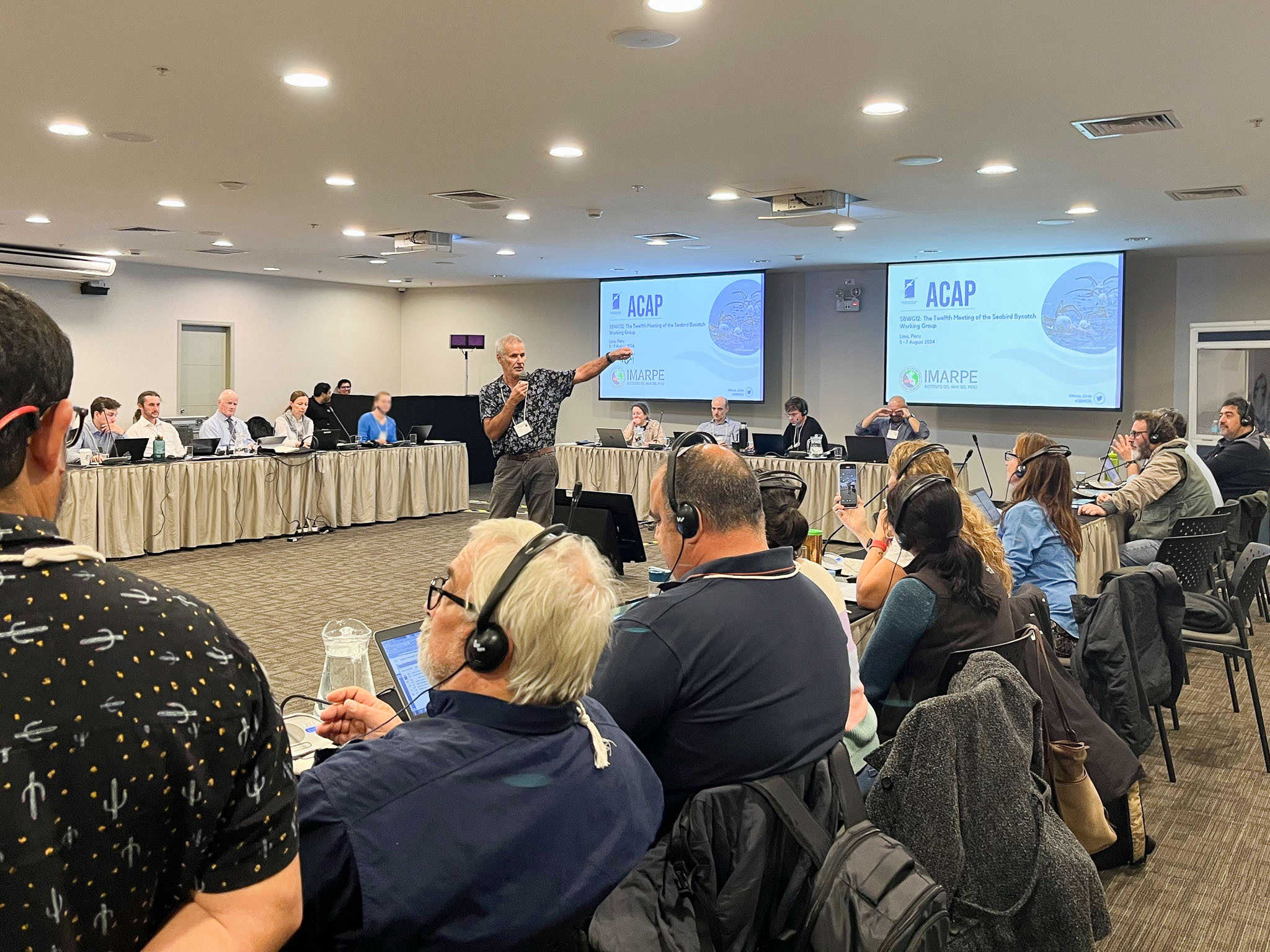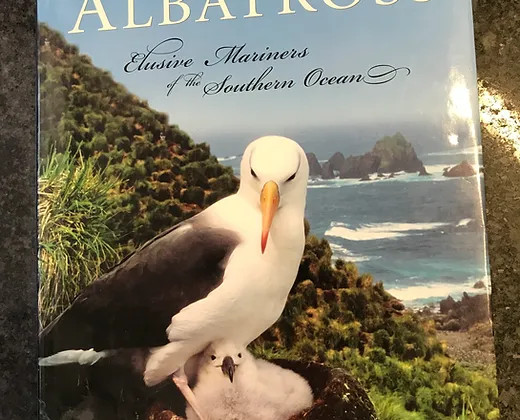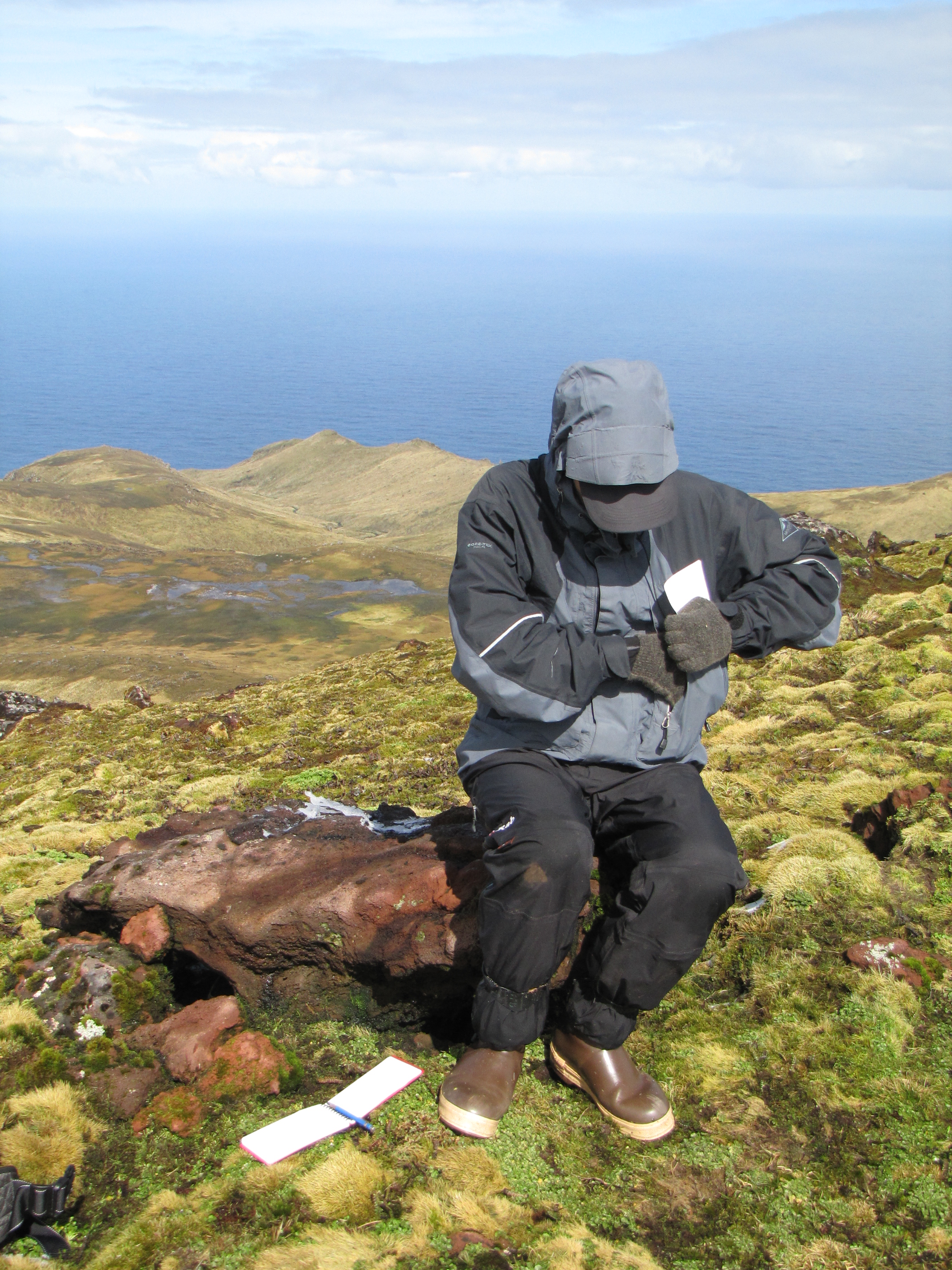 Albatross Task Force Instructor, Leo Tamini (left) and electronic monitoring compliance device inventor, Sihle Ngcongo (right) hold up the device outside the Seabird Bycatch Working Group meeting in Lima, Peru. Tamini plans to test the device in Argentinian Fisheries.
Albatross Task Force Instructor, Leo Tamini (left) and electronic monitoring compliance device inventor, Sihle Ngcongo (right) hold up the device outside the Seabird Bycatch Working Group meeting in Lima, Peru. Tamini plans to test the device in Argentinian Fisheries.
At the recent Eighth Meeting of ACAP’s Seabird Bycatch Working Group (SBWG8), former fisheries observer and founder of Imvelo Blue Environment Consultancy, Sihle Ngcongo, presented an update on the electronic monitoring (EM) compliance device project that received ACAP funding through the 2019 small grants round. The EM device, conceived by Ngcongo, was developed in partnership with BirdLife South Africa with technical assistance from Nelson Miranda of Argonaut Science.
The EM device works by monitoring the mechanical tension of a deployed bird scaring line and transmits real time and tension data wirelessly. This not only enhances the independent monitoring and deployment of this key seabird bycatch mitigation measure but also has the potential to reduce seabird bycatch rates, reduce workloads, and increase safety for both crew and observers at sea.
Ngcongo says the idea for the EM device came from a concern for the safety of fisheries observers, particularly at night when it is difficult to know if bird scaring lines have been deployed correctly.
The potential of the device was apparent to Albatross Task Force (ATF) Instructor and Marine Program Coordinator for Aves Argentinas, Leo Tamini, who has taken one of the devices back to Argentina for testing.
“We plan to test the device by integrating it into the activities of our ATF Argentina team during our next trip on an Argentinean freezer trawler. Hopefully, this can happen within this year,” said Tamini.
With the EM device having now reached its final production stage making it suitable for manufacture for the market, Ngcongo is cautiously optimistic about its future.
“My hope is for the device to be recognized as a cutting-edge innovation that can confirm bird scaring line compliance for the prevention of seabird entanglement and mortalities on longline vessels and trawlers.”
Bird scaring lines (BSL) are a best practice mitigation measure for reducing seabird bycatch in fisheries. ACAP’s Best Practice Advice for seabird bycatch mitigation along with its bycatch mitigation factsheets in several languages can be found at the ACAP website.
A summary report of ACAP funded projects will be presented to ACAP's Advisory Committee at its Fourteenth Meeting (AC14) commencing in Lima, Peru, on Monday. Updates on ACAP Small Grants and Secondments projects received at the recent meetings of ACAP's Working Groups will be featured in ACAP Latest News over the coming weeks.
11 August 2024

 English
English  Français
Français  Español
Español 
 Nigel Brothers took to the floor to present his paper, "Minimum Weight at the Hook Allowance of 50 g Inclusive of Hook Weight for Pelagic Longlines"
Nigel Brothers took to the floor to present his paper, "Minimum Weight at the Hook Allowance of 50 g Inclusive of Hook Weight for Pelagic Longlines"



 Participants of ACAP's Seabird Bycatch Workshop
Participants of ACAP's Seabird Bycatch Workshop